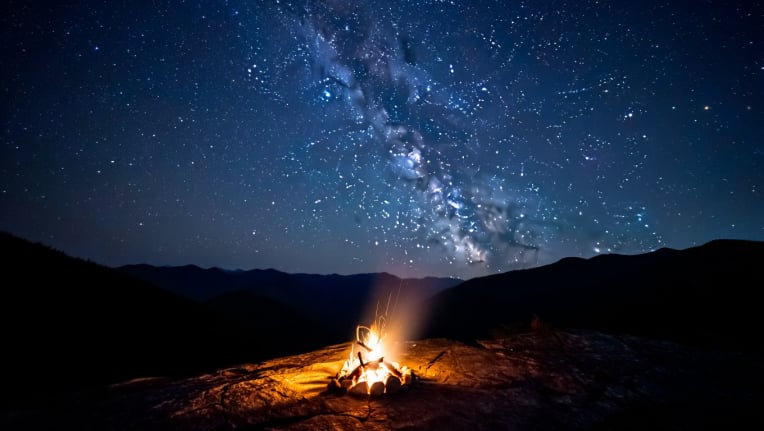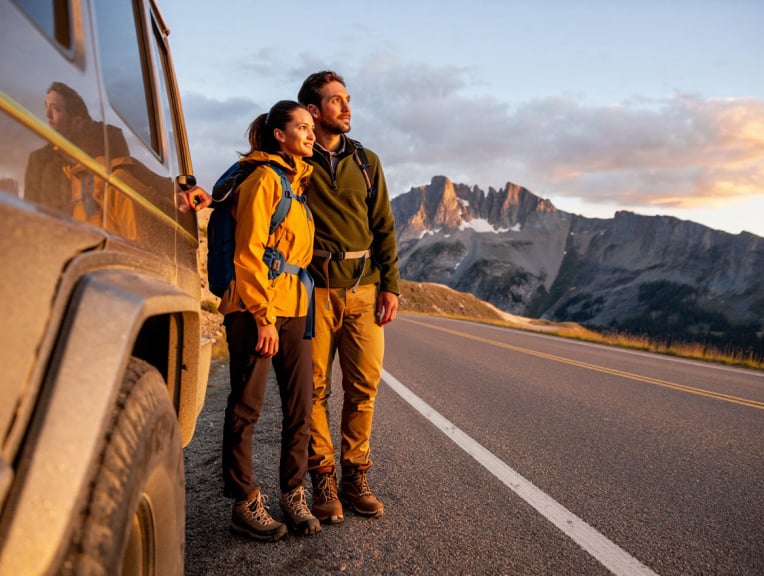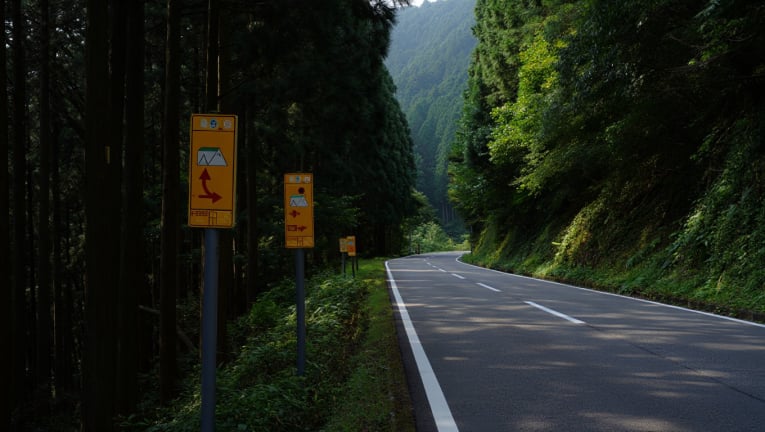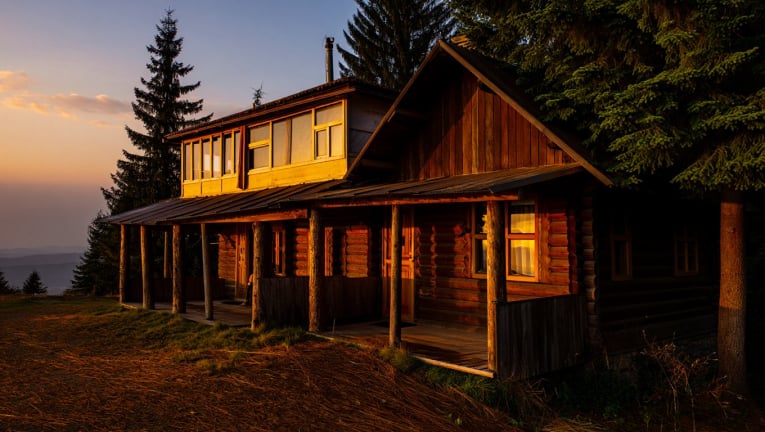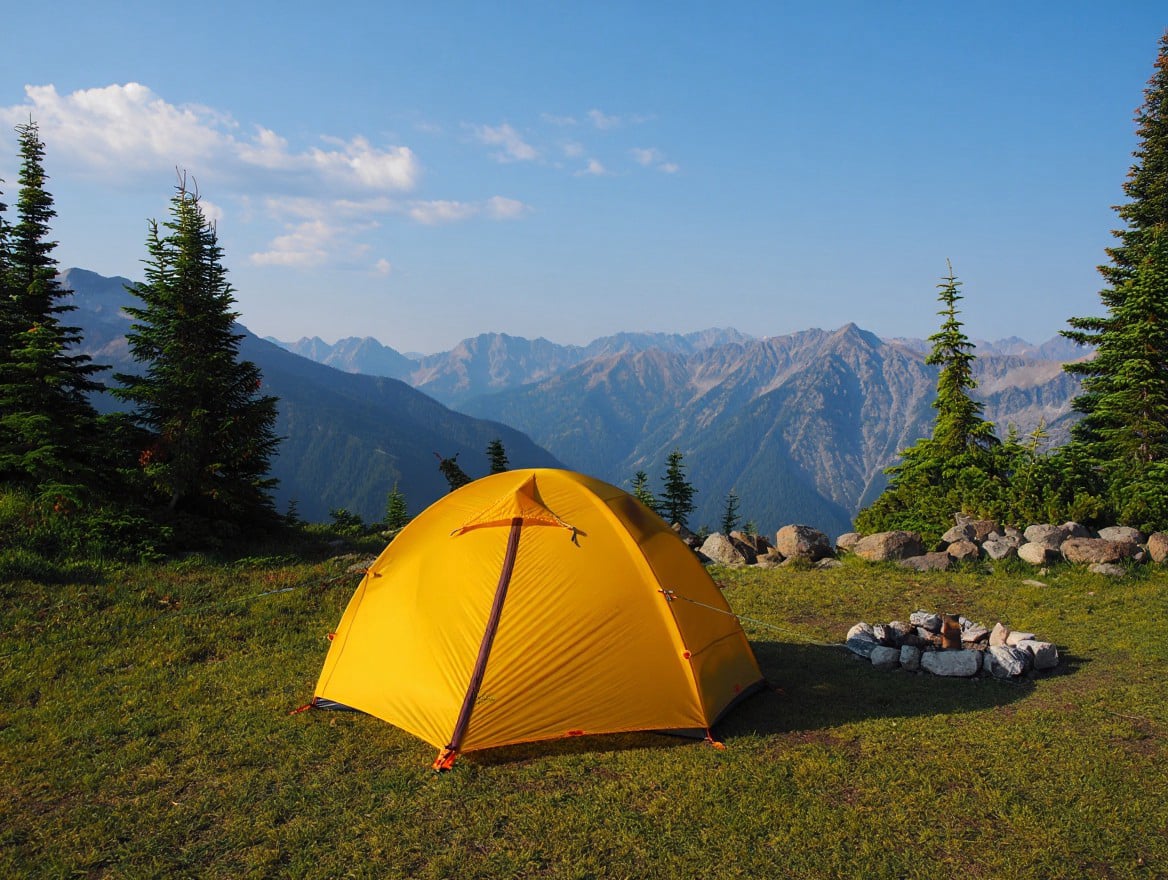Route Categories
Posts in this category outline common route shapes such as loops and out-and-back trails. Each post uses consistent subheadings to describe distance ranges, typical surfaces, and viewpoint types for easier orientation and comparison. The writing avoids subjective ratings, promotional statements, or unnecessary exaggeration, keeping the content factual. Readers can compare posts side by side thanks to a standardized structure that remains clear and predictable across topics. This category occasionally references search phrases like “mountains usa” to indicate topical coverage and maintain relevance for visitors interested in general information about routes.
